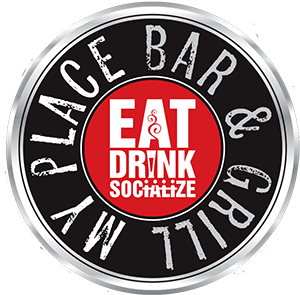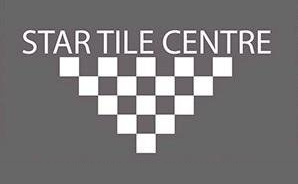Who would have believed the S.S. Keewatin, an example of transportation that represents technology of more than one hundred years ago and five years before the building of the S.S. Titanic, would come floating into Port Colborne harbour on her way for preservation here in Canada! Just look at the sharp cut of her bow, schooner stern and that tremendous smokestack. And she represents so many elements of our history that we cannot post them all here.
An incredible fact was her passing the graveyard of lake ships being scrapped on the east bank of the canal that are much younger than she.
After her arrival in Canada from Scotland in 1907, she was cut in two at Quebec City and moved through the third canal lock system of the St. Lawrence River and Welland Canals in two parts and rejoined in a Buffalo shipyard on her way to many years of service on the Upper Great Lakes. She would be joined by her sister ship, the S.S. Assiniboia later that year.
Like their ocean counterparts, passenger vessels on the Great Lakes were a very popular mode of holiday fun. On Lake Erie these types of ships operated between Buffalo and Detroit as well as the other lakes and it proved to be a lucrative business. They often held races to compete for eager passengers.
The S.S. Keewatin, working as part of the Canadian Pacific Railway, was able to handle both one hundred and thirty passengers as well as package freight that was smaller in volume than the cargoes carried in lake vessels. A shuttle service called the boat train moved passengers between Toronto and Port McNicoll, near Midland, to the awaiting vessel.
She and her sister ship would outlast the competition, finally being retired in 1966. Her sister was scrapped but the Keewatin served as a tourist attraction in Michigan and later, in Port McNicoll. Her permanent home will be in Kingston after a refit in Hamilton at the Heddle Shipyards.
 Our photo from yesteryear, top left, shows her forward section being towed through the Alexandria Swing Bridge at East and West Main Streets in Welland in 1907 to Buffalo where she will be joined with the stern portion. The “cover girl” photo on the book, right, was taken in 1930 in Thunder Bay. Notice the opened doors in the lower part of the hull used to load package freight. The bottom left photo was taken Friday morning showing her awaiting departure from the east wall in Port Colborne for Hamilton. As befitting an icon, an enthusiastic turnout of spectators was on hand in Port Colborne for her stopover.
Our photo from yesteryear, top left, shows her forward section being towed through the Alexandria Swing Bridge at East and West Main Streets in Welland in 1907 to Buffalo where she will be joined with the stern portion. The “cover girl” photo on the book, right, was taken in 1930 in Thunder Bay. Notice the opened doors in the lower part of the hull used to load package freight. The bottom left photo was taken Friday morning showing her awaiting departure from the east wall in Port Colborne for Hamilton. As befitting an icon, an enthusiastic turnout of spectators was on hand in Port Colborne for her stopover.
(Terry Hughes is a Wellander who is passionate about heritage, history and model railroading. His opinion column, Heritage Lives, appears on the blog once or twice monthly.)




















